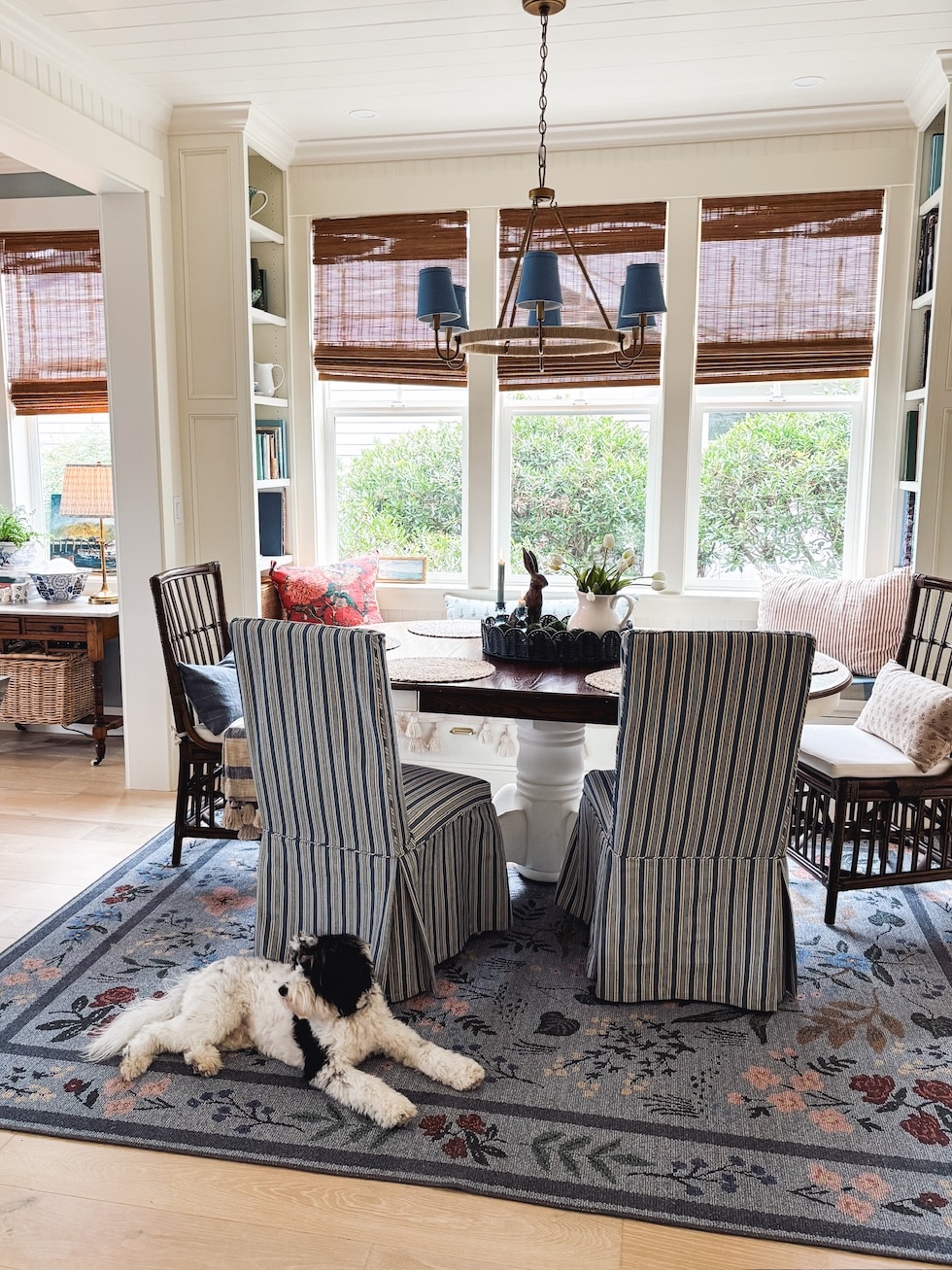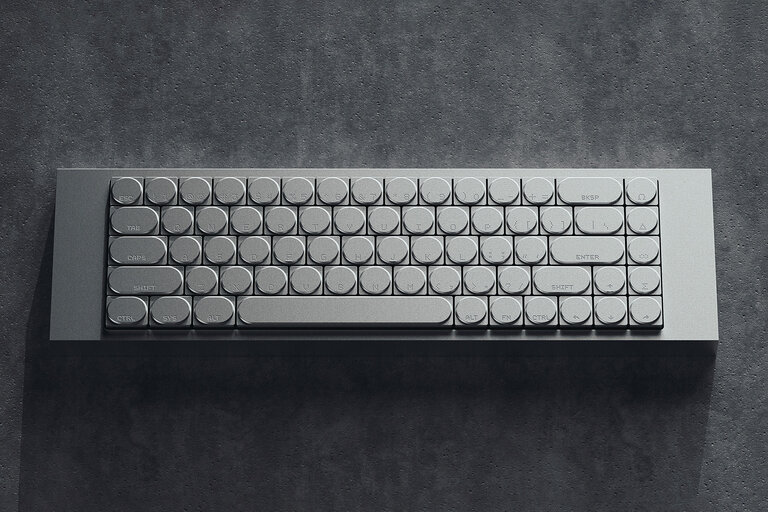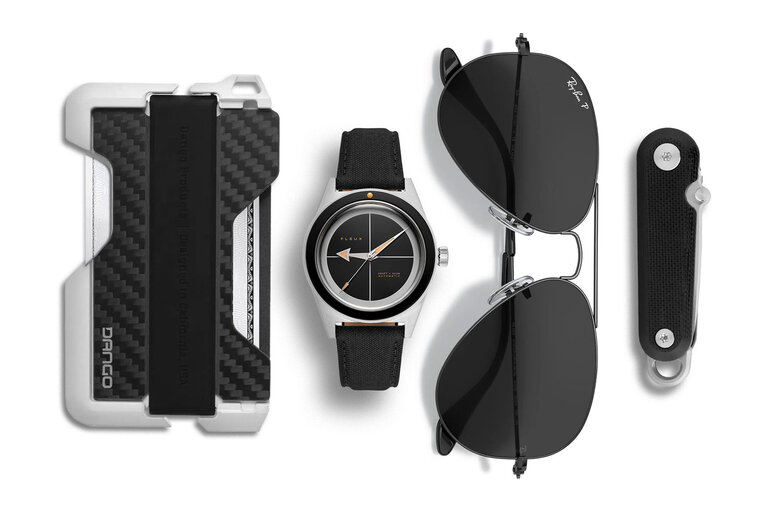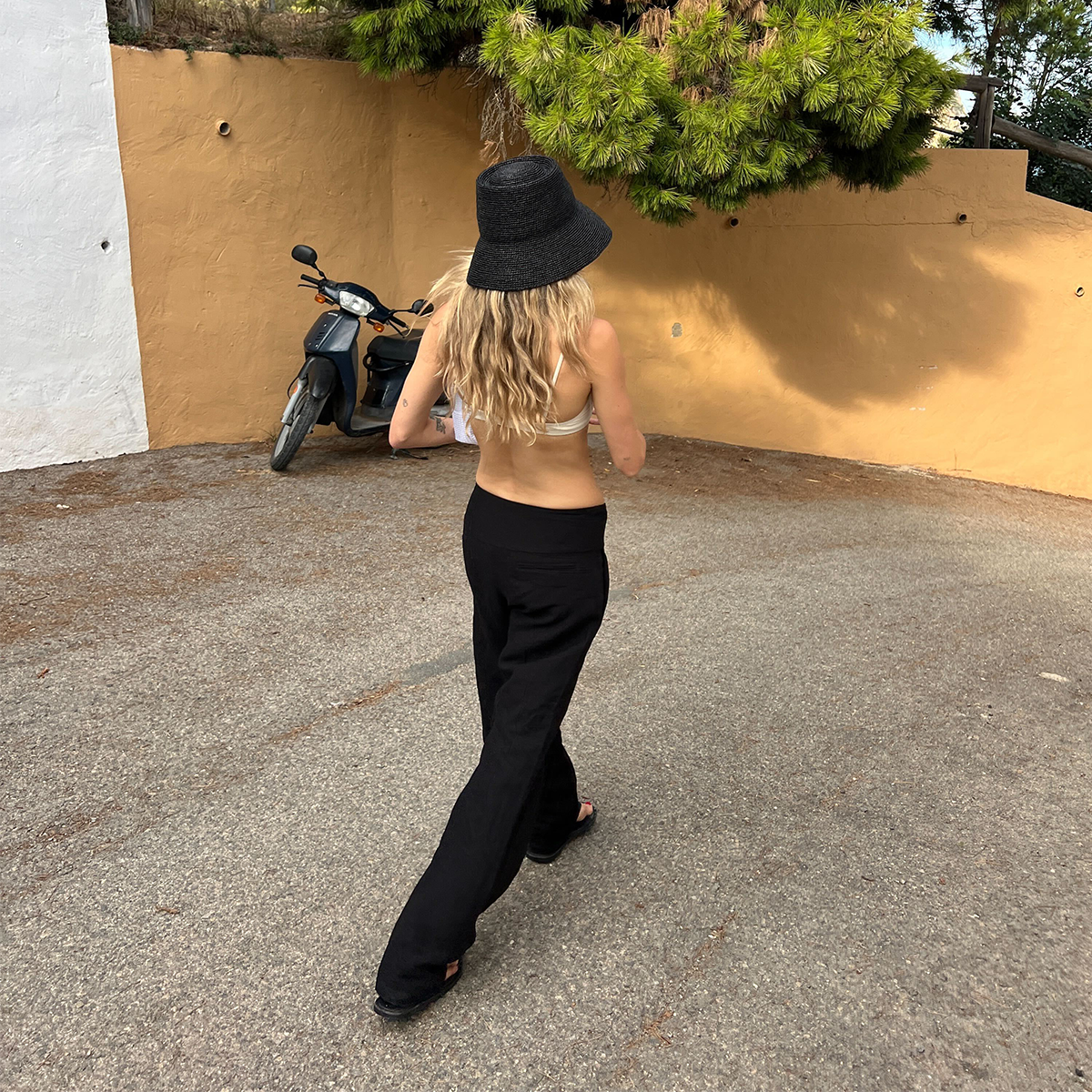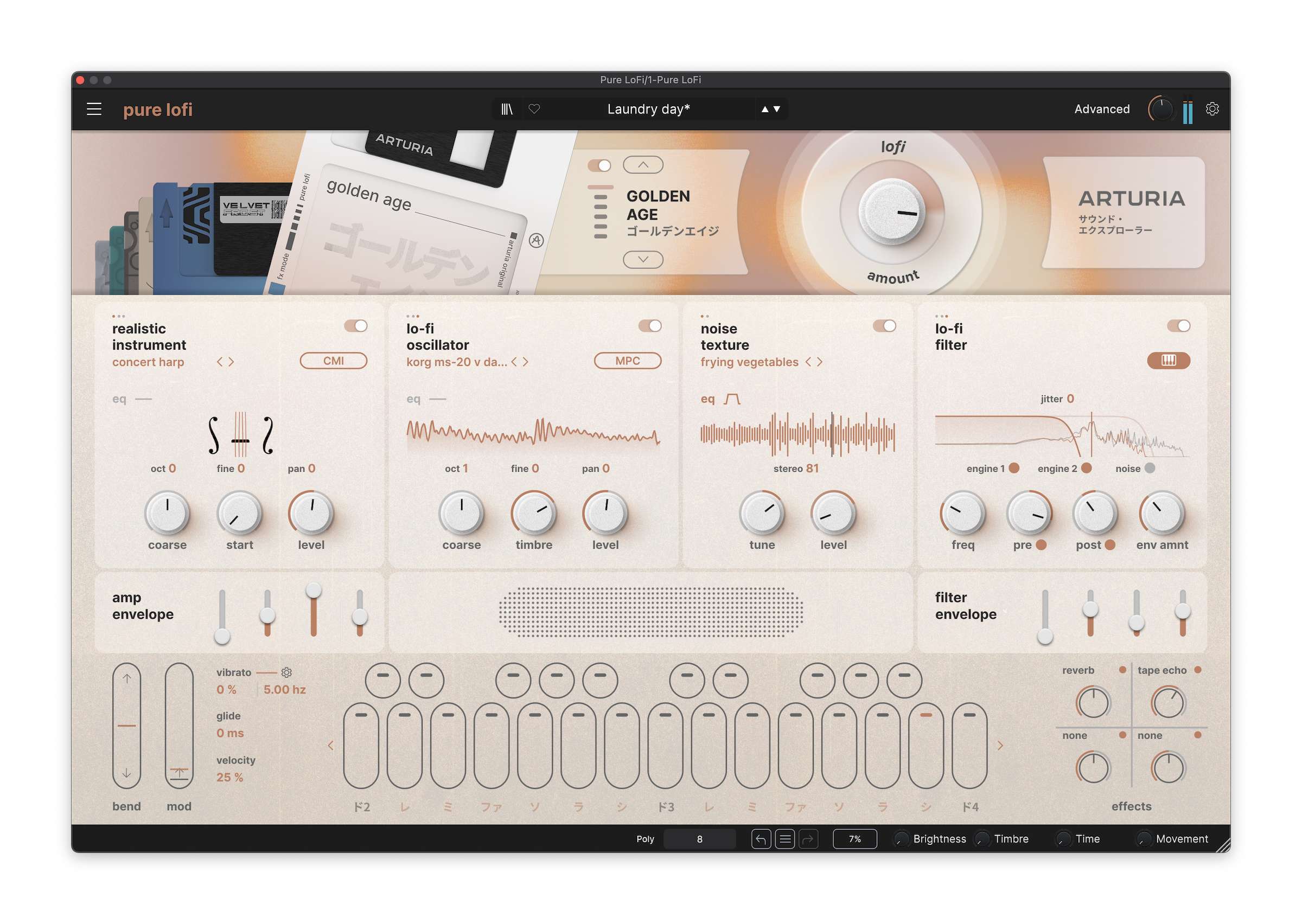How to Build a Music Library That Actually Speeds Up Your Filmmaking Workflow
So, there you are editing a project. Maybe it’s a feature. Maybe it’s a short, commercial, or even your latest YouTube video. Regardless of what it is, you’ll eventually get to the moment when you’re searching for the right music to use in your project and you’re in what can best be described as the “infinite music search death spiral of doom.”What is that? You’ll know it by its telltale signs: a bajillion open tabs, hours of searching vanishing from your memory, moderate to severe anxiety as you wonder how you’ll organize all of the tracks you like.If the “infinite music search death spiral of doom” sounds like something you’d rather avoid, then you should try building a music library that not only organizes your favorite tracks but also speeds up your workflow, which is a feature that PremiumBeat offers.PremiumBeat is a highly recommended resource due to the quality of the songs, streamlined integration with YouTube, and price point, so definitely check out its library and see if it’s right for you. If you want to give PremiumBeat a try, you can use the exclusive code NFSPB to get a 15% discount on individual tracks and Unlimited Subscriptions.Let’s go over some steps you can take to do just that.Step 1: Define Your Filmmaking NeedsThere are plenty of templates out there that provide file structures for you to follow — usually based on genre. While that might be nice when you’re just starting out, it’s certainly not going to be catered to your specific needs. And that’s not efficient!So, before you go with a template or even download a single track, ask yourself these questions:What kinds of projects do I work on the most? (Features? Documentaries? Shorts? YouTube videos?)Are there emotional tones that I revisit often?Do I need tracks that support voiceover? Dialogue? High-impact visuals?While genre folders can be useful in some cases, you’ll want your folders to reflect your actual creative needs. Credit: ShutterstockStep 2: Organize Beyond GenreSo, if you’re not basing your file structure on genre, what should you base it on?Here’s a better structure:By Mood: Dark, Happy, Strange, NostalgicBy Tempo/Energy: Slow/Ambient, Midtempo/Neutral, Driving/EpicBy Function: Background texture, Feature track, Intro/OutroBy Use Case: Interview overlays, Montage moments, Trailer buildsPro Tip: Rename files with practical tags, like emotional_piano_doc_intro.wav so they’re searchable in Finder or within your NLE.Step 3: Choose the Right Music LibrariesYou don’t need 10 subscriptions—you just need the right one. Ideally, it would hit all of these marks:Offers inexpensive subscriptionsAccess to high-quality, studio-recorded musicProvide tools that make it easier to find the right tracks for your projectEasy, straightforward licensing processOne platform that hits all of these marks (and more) is PremiumBeat. With a subscription, you can “like” and “favorite” tracks. You can create and curate your own playlists and music libraries. You can organize them based on mood, genre, tempo, or virtually anything you want. This feature alone makes PremiumBeat ideal for filmmakers who not only want to find the right music for their projects but also want to optimize their workflow to make editing more efficient.Step 4: Build a File StructureNow comes the (kinda) hard part: building your file structure. There are so many ways to do this and, honestly, there is no right way, but keep this in mind when building yours: Make sure your file structure reflects how your brain thinks when you’re in editing-mode. Here’s a good example of a file structure based on that: TagsNice! You’ve created your file structure and started throwing all your tracks in folders. Hold up! Don’t forget to tag those tracks. “They’re already in organized folders. Why do I need to tag them?” Because you will forget why you downloaded some of them. You’ll be going through your “Mood/Hopeful” folder and see some tracks in there, and not remember what made it so special that you decided to download it.So, tag your tracks with the specific reason it caught your eye, like “great for car chases,” “perfect for a sad death scene,” or “client wants something like this.”Step 6: Keep It LeanIf you’re a music gremlin who tends to go overboard with track downloads, first of all, same, but second — this is going to make your life so much harder because the fewer choices you have, the faster your decisions will tend to be.Declutter every few months. Archive tracks you haven’t used in the last year. Keep only what you’re most likely going to use.Finding the perfect tracks for your project isn’t the hard part — it’s actually keeping those tracks organized and accessible. All those hours of searching will do you no good if your music library is a digital junk drawer!This is why using PremiumBeat to curate and organize your music library is a great idea, because a lot of these features are already baked in. PremiumBeat is a highly recommended resource due to the quality of the son


So, there you are editing a project. Maybe it’s a feature. Maybe it’s a short, commercial, or even your latest YouTube video. Regardless of what it is, you’ll eventually get to the moment when you’re searching for the right music to use in your project and you’re in what can best be described as the “infinite music search death spiral of doom.”
What is that? You’ll know it by its telltale signs: a bajillion open tabs, hours of searching vanishing from your memory, moderate to severe anxiety as you wonder how you’ll organize all of the tracks you like.
If the “infinite music search death spiral of doom” sounds like something you’d rather avoid, then you should try building a music library that not only organizes your favorite tracks but also speeds up your workflow, which is a feature that PremiumBeat offers.
PremiumBeat is a highly recommended resource due to the quality of the songs, streamlined integration with YouTube, and price point, so definitely check out its library and see if it’s right for you. If you want to give PremiumBeat a try, you can use the exclusive code NFSPB to get a 15% discount on individual tracks and Unlimited Subscriptions.
Let’s go over some steps you can take to do just that.
Step 1: Define Your Filmmaking Needs
There are plenty of templates out there that provide file structures for you to follow — usually based on genre. While that might be nice when you’re just starting out, it’s certainly not going to be catered to your specific needs. And that’s not efficient!
So, before you go with a template or even download a single track, ask yourself these questions:
- What kinds of projects do I work on the most? (Features? Documentaries? Shorts? YouTube videos?)
- Are there emotional tones that I revisit often?
- Do I need tracks that support voiceover? Dialogue? High-impact visuals?
While genre folders can be useful in some cases, you’ll want your folders to reflect your actual creative needs.
 Credit: Shutterstock
Credit: Shutterstock
Step 2: Organize Beyond Genre
So, if you’re not basing your file structure on genre, what should you base it on?
Here’s a better structure:
- By Mood: Dark, Happy, Strange, Nostalgic
- By Tempo/Energy: Slow/Ambient, Midtempo/Neutral, Driving/Epic
- By Function: Background texture, Feature track, Intro/Outro
- By Use Case: Interview overlays, Montage moments, Trailer builds
Pro Tip: Rename files with practical tags, like emotional_piano_doc_intro.wav so they’re searchable in Finder or within your NLE.
Step 3: Choose the Right Music Libraries
You don’t need 10 subscriptions—you just need the right one. Ideally, it would hit all of these marks:
- Offers inexpensive subscriptions
- Access to high-quality, studio-recorded music
- Provide tools that make it easier to find the right tracks for your project
- Easy, straightforward licensing process
One platform that hits all of these marks (and more) is PremiumBeat. With a subscription, you can “like” and “favorite” tracks. You can create and curate your own playlists and music libraries. You can organize them based on mood, genre, tempo, or virtually anything you want. This feature alone makes PremiumBeat ideal for filmmakers who not only want to find the right music for their projects but also want to optimize their workflow to make editing more efficient.
Step 4: Build a File Structure
Now comes the (kinda) hard part: building your file structure. There are so many ways to do this and, honestly, there is no right way, but keep this in mind when building yours: Make sure your file structure reflects how your brain thinks when you’re in editing-mode.
Here’s a good example of a file structure based on that:

Tags
Nice! You’ve created your file structure and started throwing all your tracks in folders. Hold up! Don’t forget to tag those tracks. “They’re already in organized folders. Why do I need to tag them?”
Because you will forget why you downloaded some of them. You’ll be going through your “Mood/Hopeful” folder and see some tracks in there, and not remember what made it so special that you decided to download it.
So, tag your tracks with the specific reason it caught your eye, like “great for car chases,” “perfect for a sad death scene,” or “client wants something like this.”
Step 6: Keep It Lean
If you’re a music gremlin who tends to go overboard with track downloads, first of all, same, but second — this is going to make your life so much harder because the fewer choices you have, the faster your decisions will tend to be.
Declutter every few months. Archive tracks you haven’t used in the last year. Keep only what you’re most likely going to use.
Finding the perfect tracks for your project isn’t the hard part — it’s actually keeping those tracks organized and accessible. All those hours of searching will do you no good if your music library is a digital junk drawer!
This is why using PremiumBeat to curate and organize your music library is a great idea, because a lot of these features are already baked in.
PremiumBeat is a highly recommended resource due to the quality of the songs, streamlined integration with YouTube, and price point, so definitely check out its library and see if it’s right for you. If you want to give PremiumBeat a try, you can use the exclusive code NFSPB to get a 15% discount on individual tracks and Unlimited Subscriptions.




![‘Thorns’ – ‘Hellraiser’ Inspired Horror Movie Starring Doug Bradley Releases in May [Trailer]](https://bloody-disgusting.com/wp-content/uploads/2023/04/thorns.jpg)

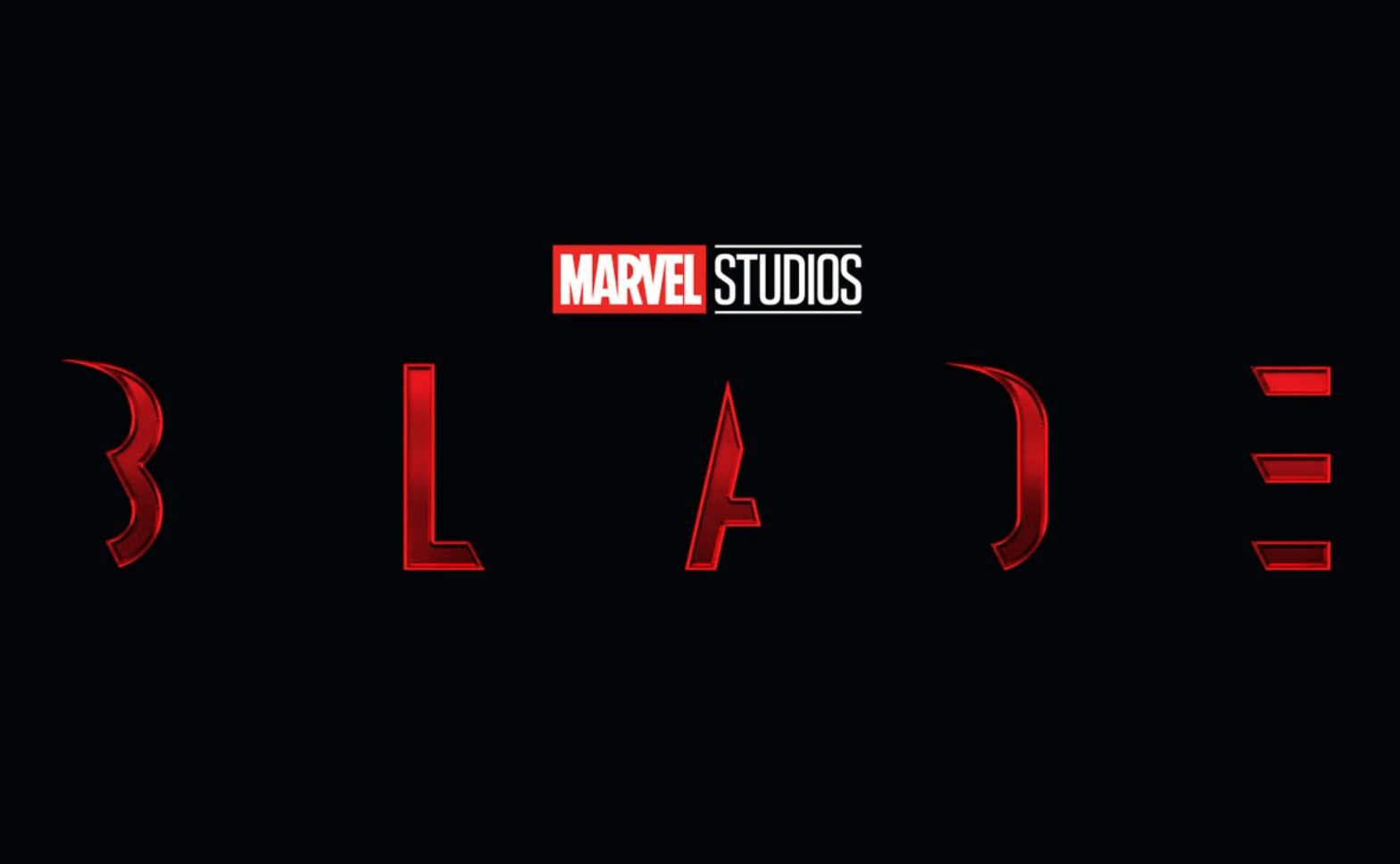






















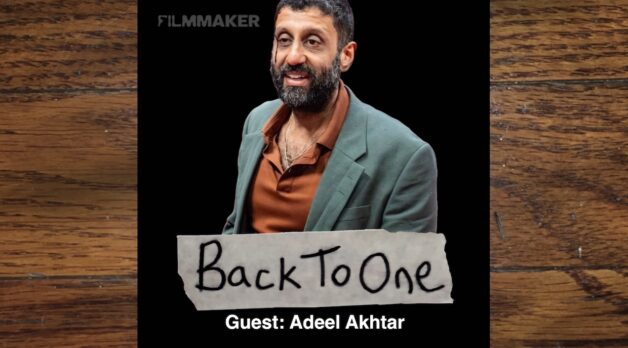






































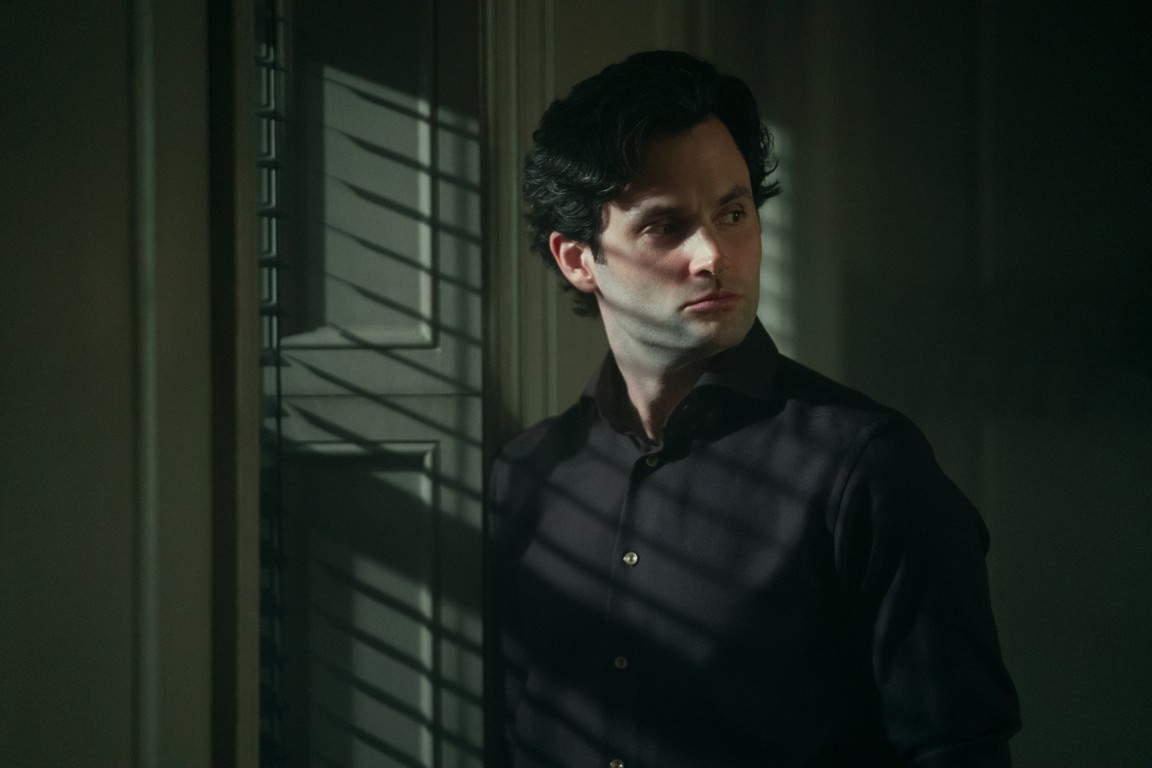
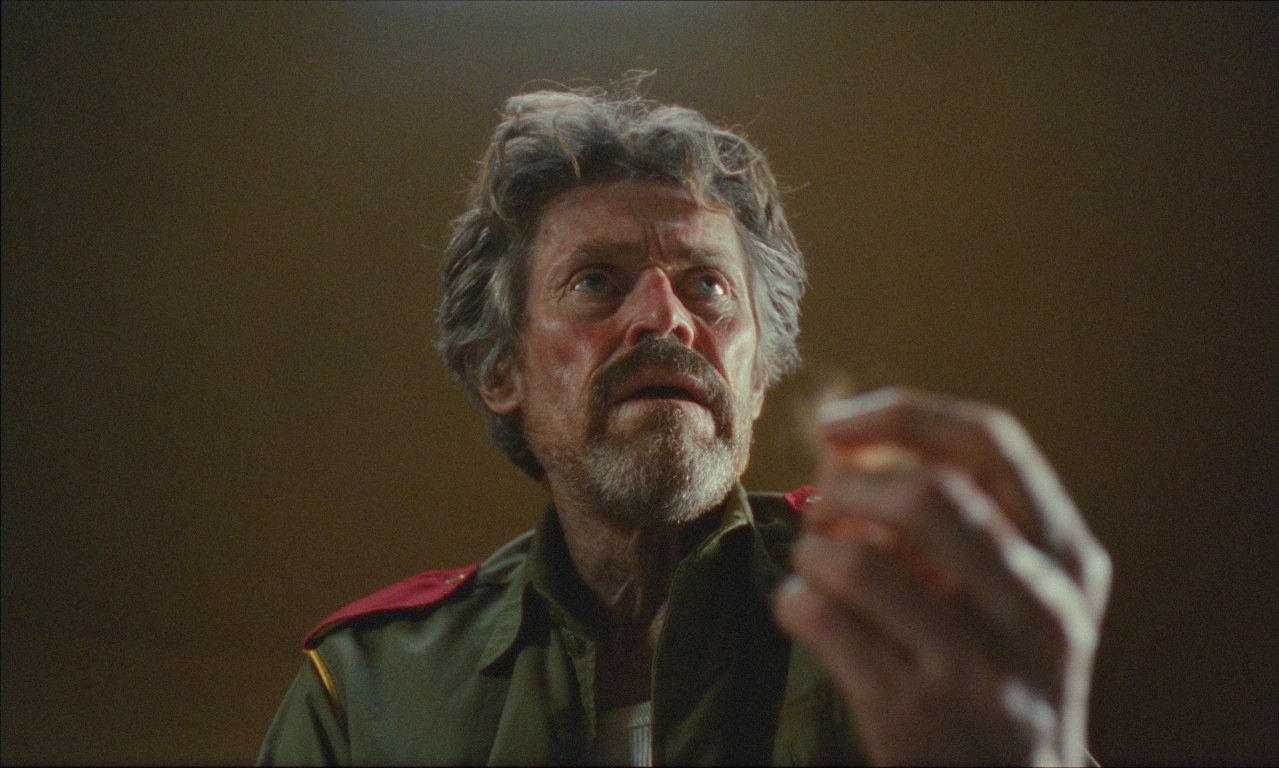







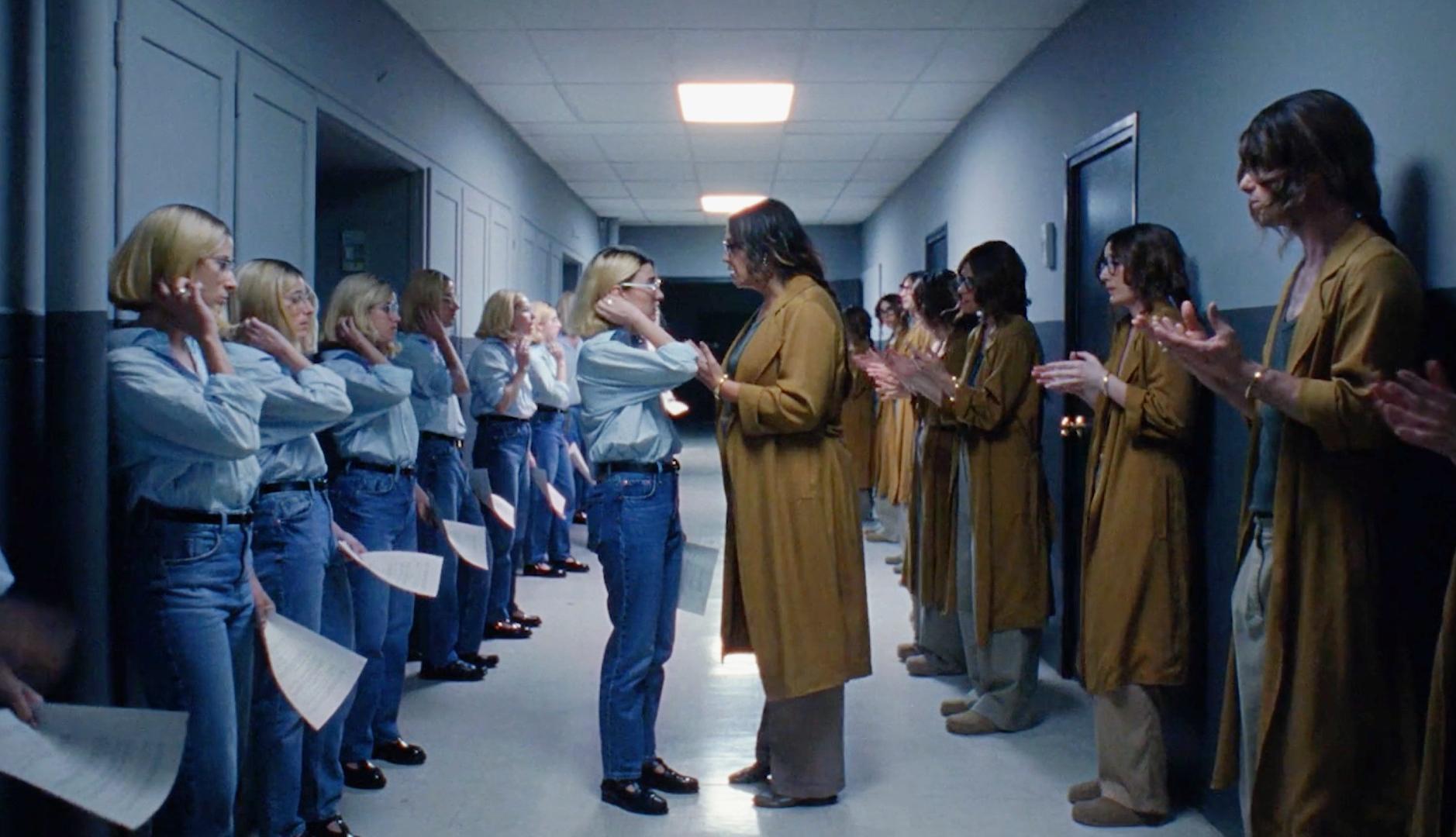













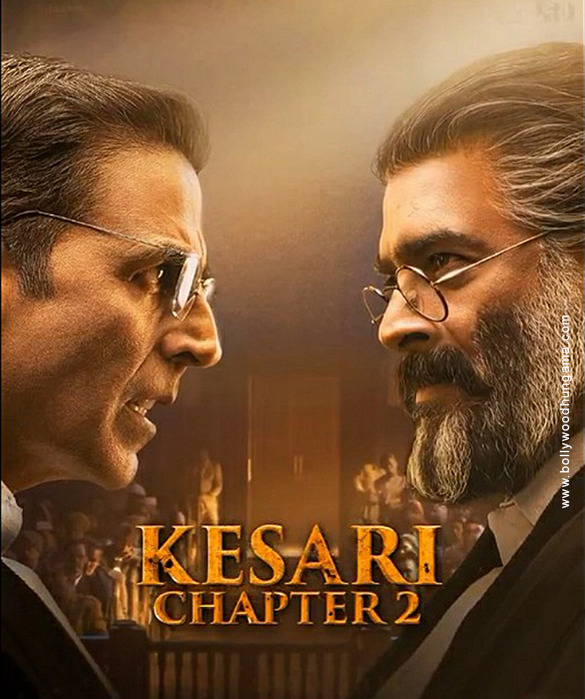




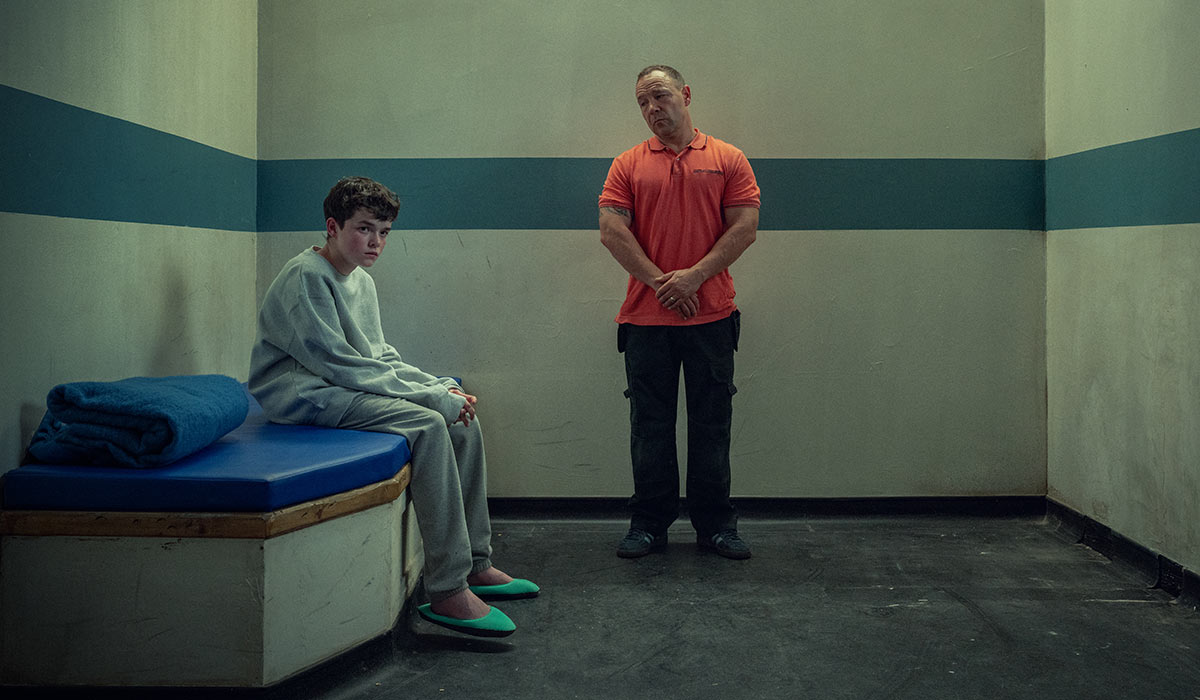


































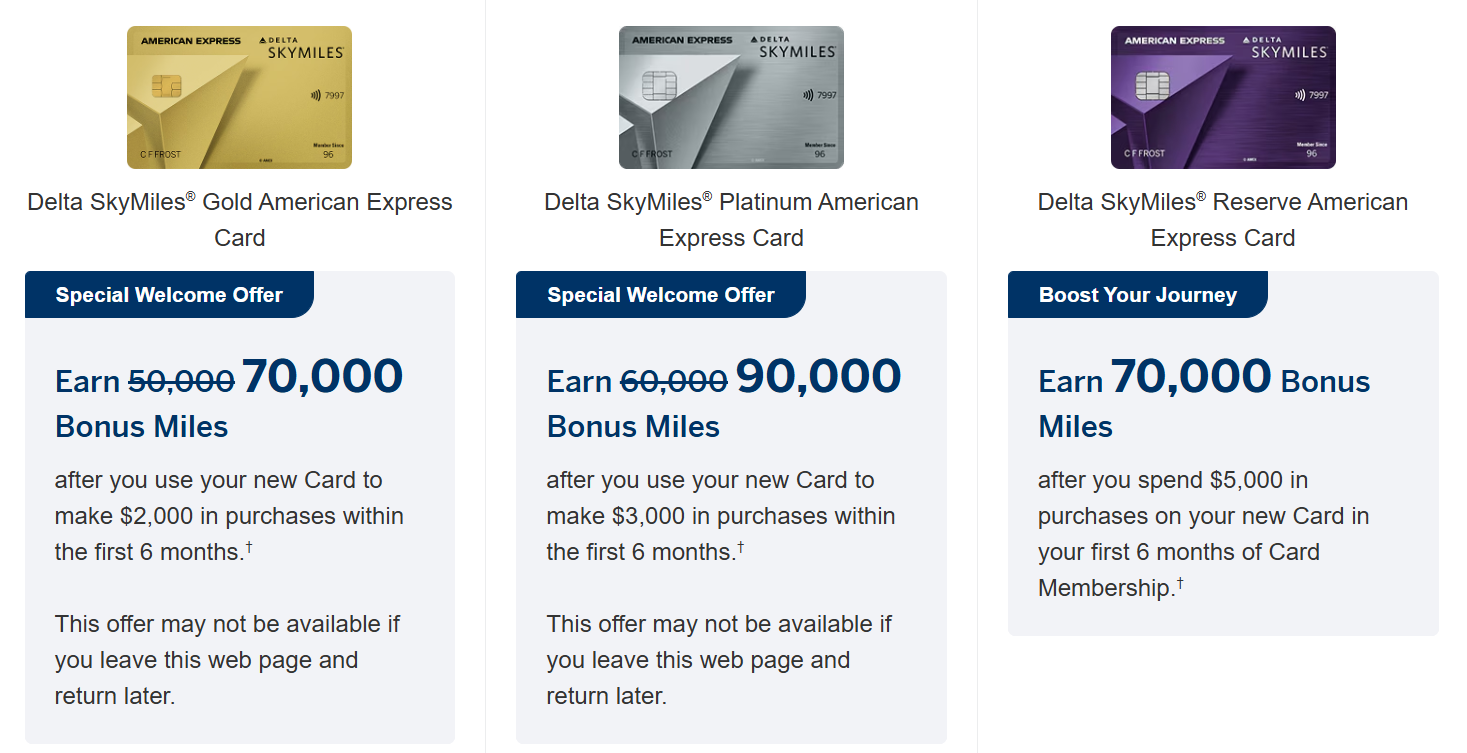


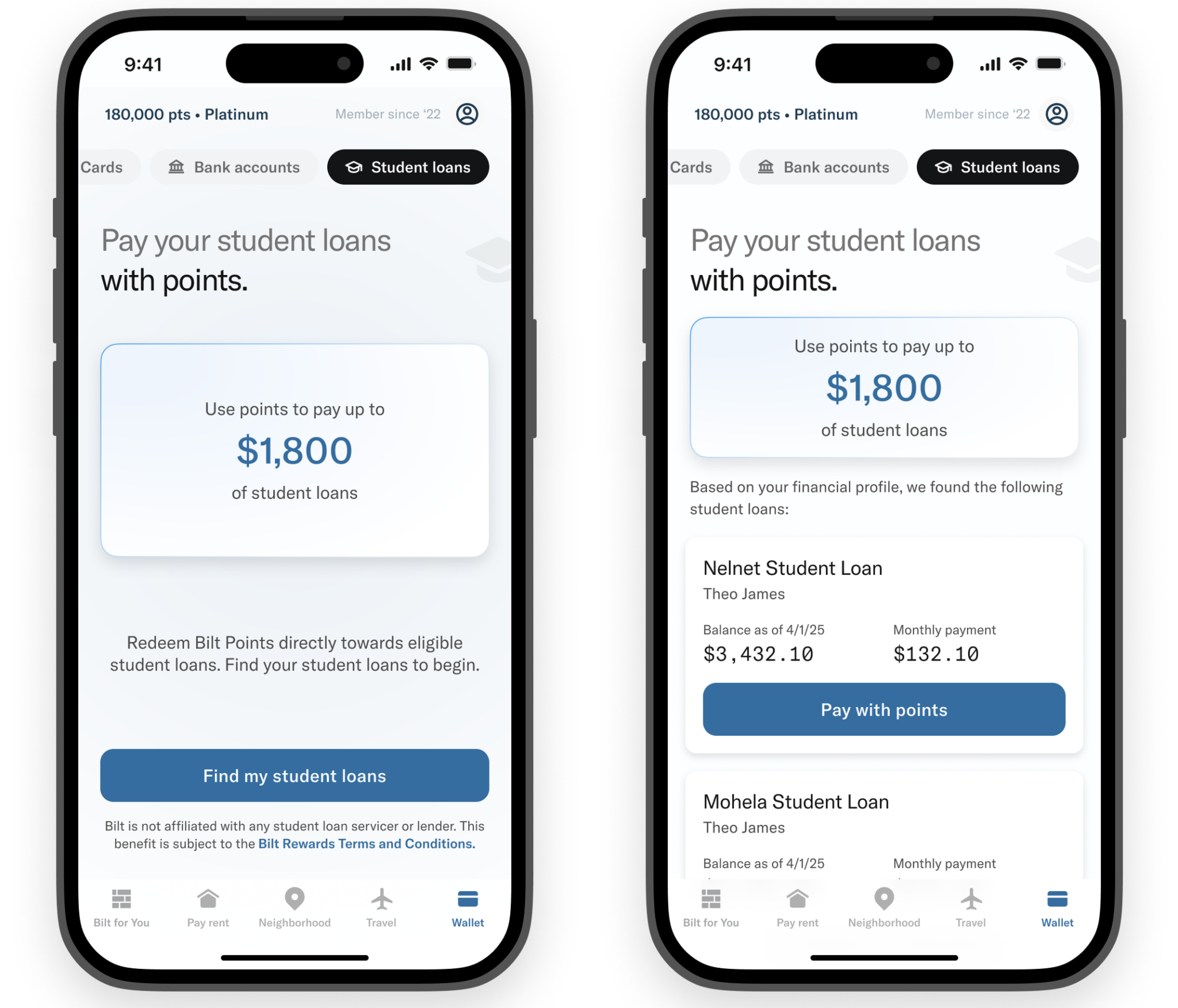








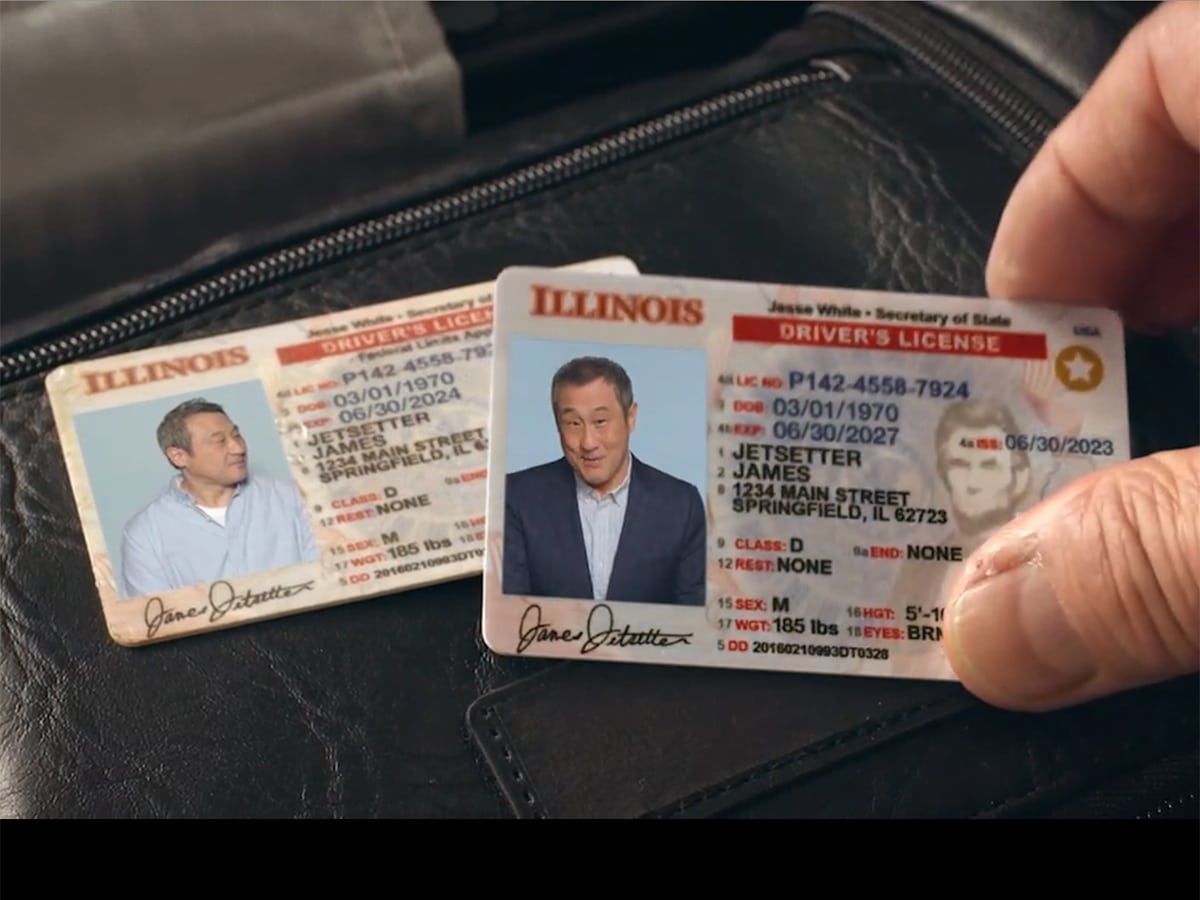


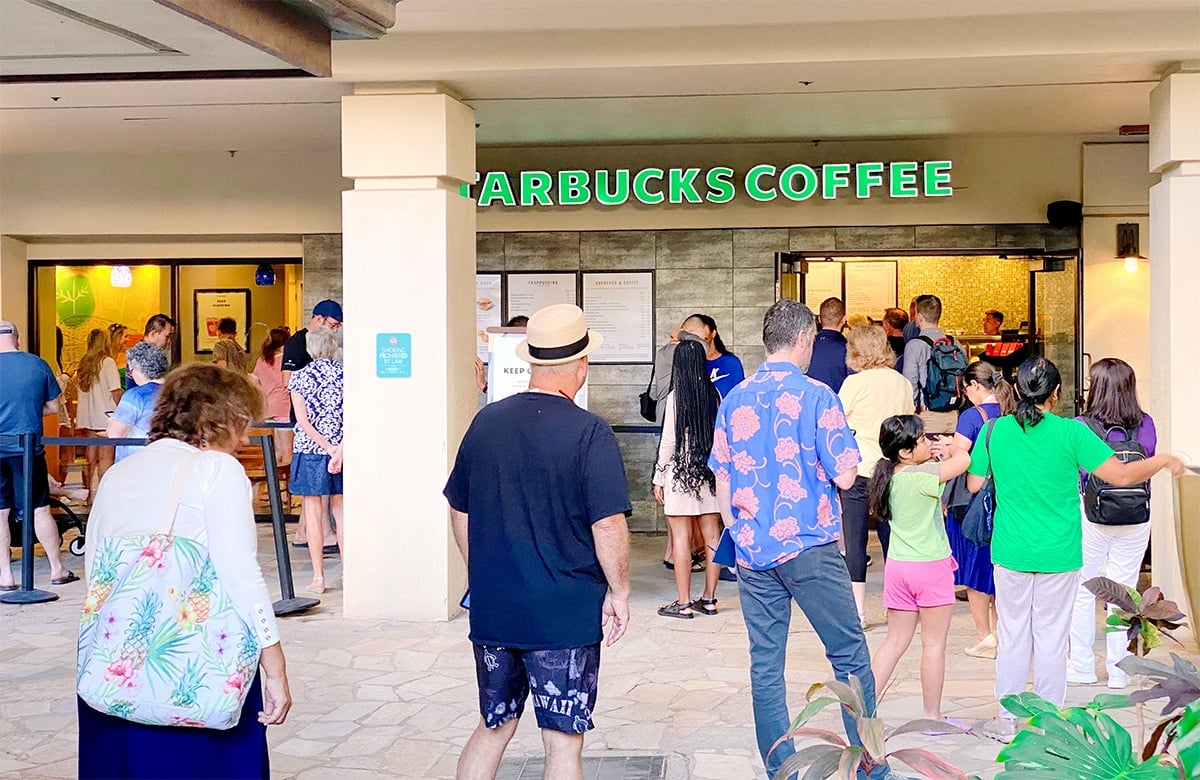


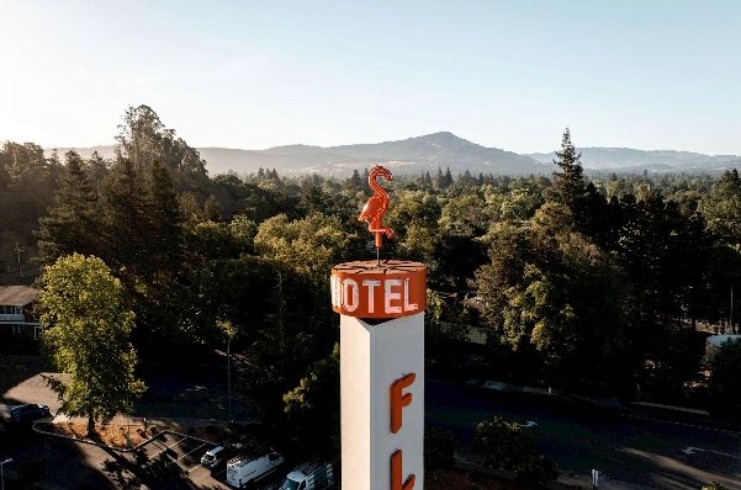







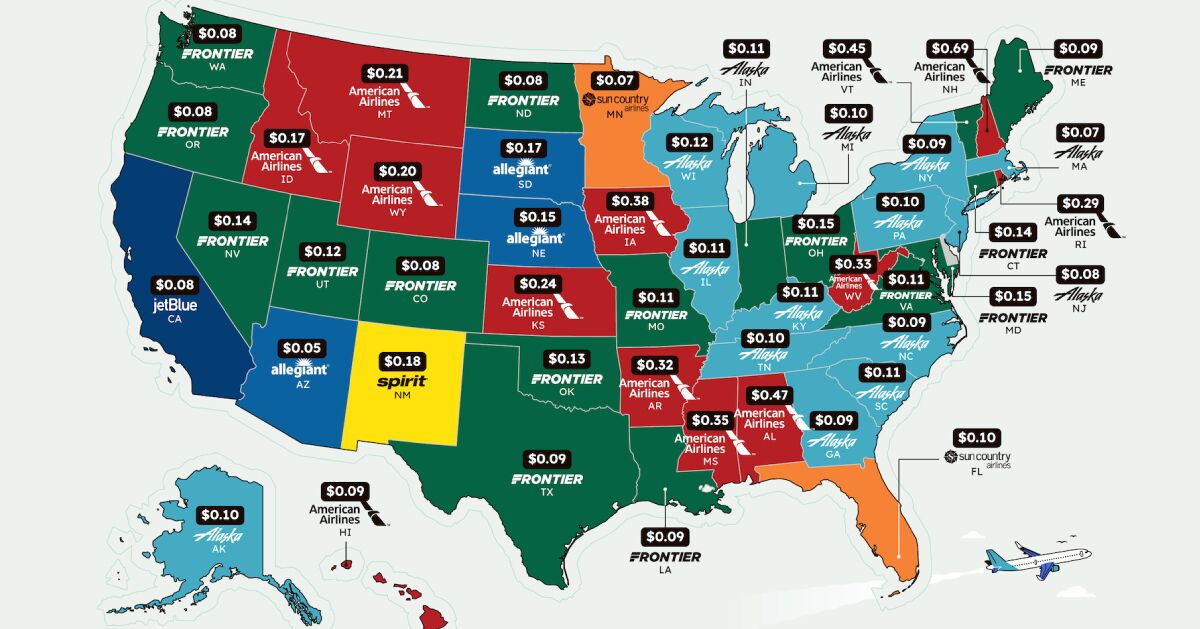

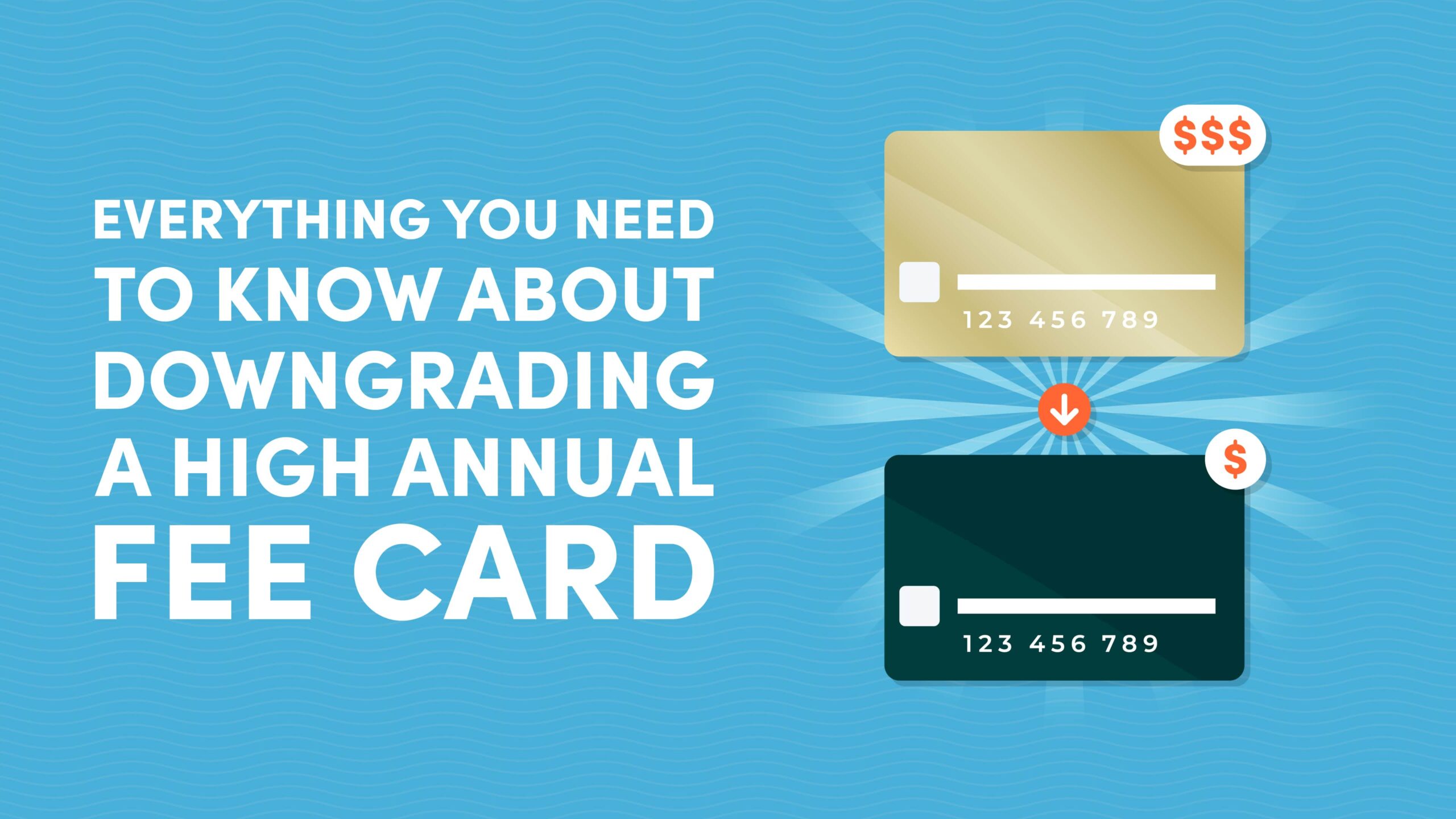



























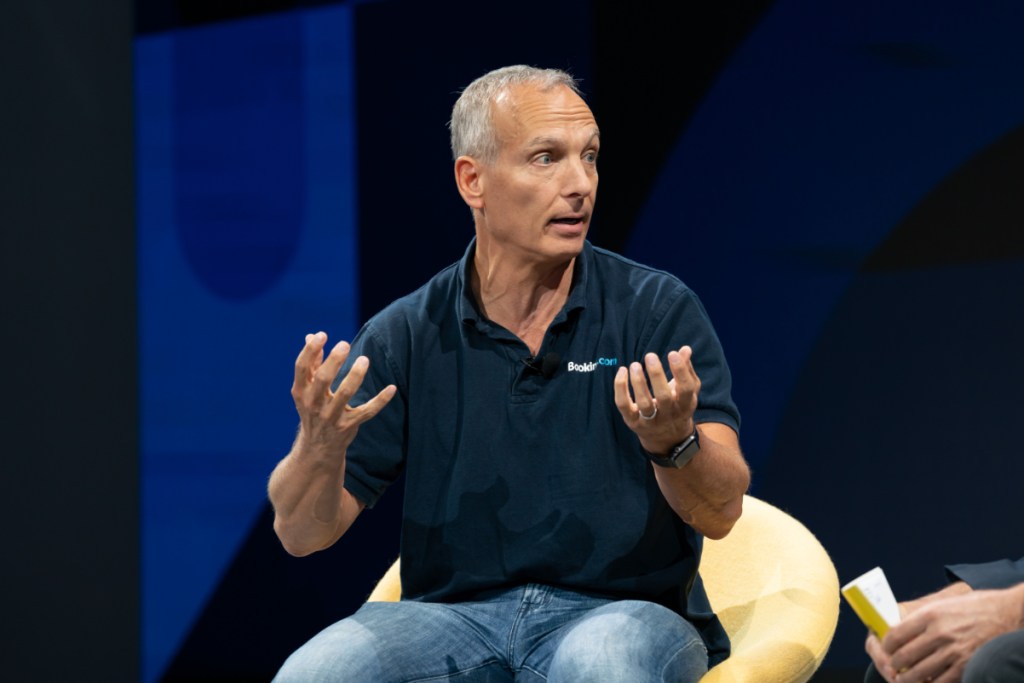

























![Hotel Beds Outperform Your Master Bedroom for Better Sex—Here’s Why [Roundup]](https://viewfromthewing.com/wp-content/uploads/2025/04/burj-al-arab-bed.jpg?#)



































.jpg?#)





























































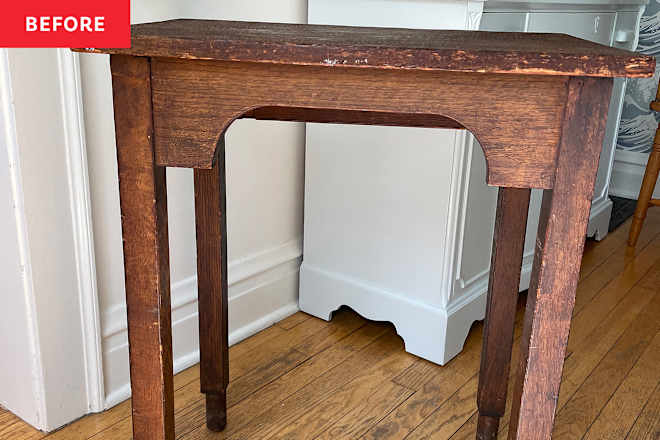

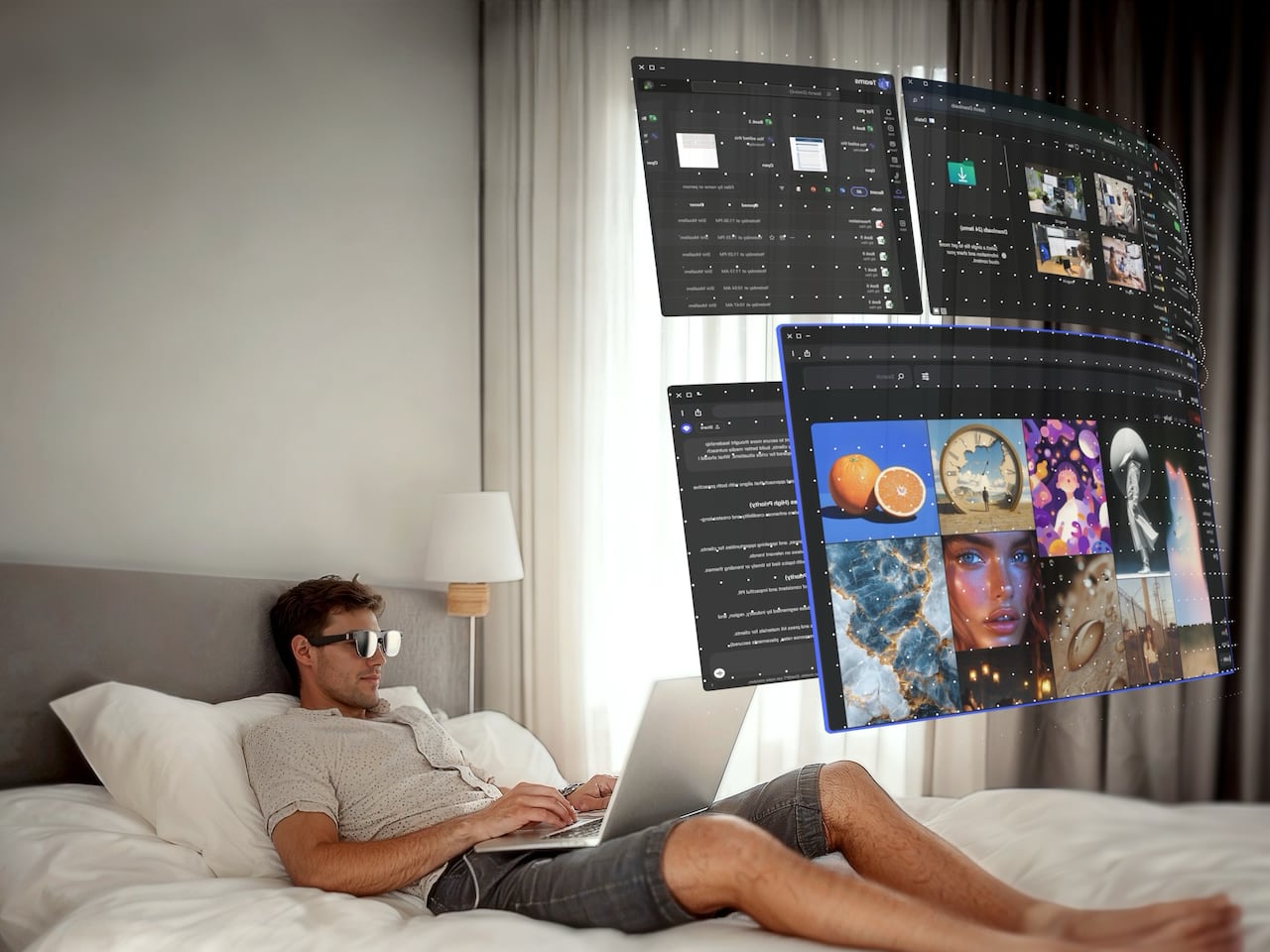





















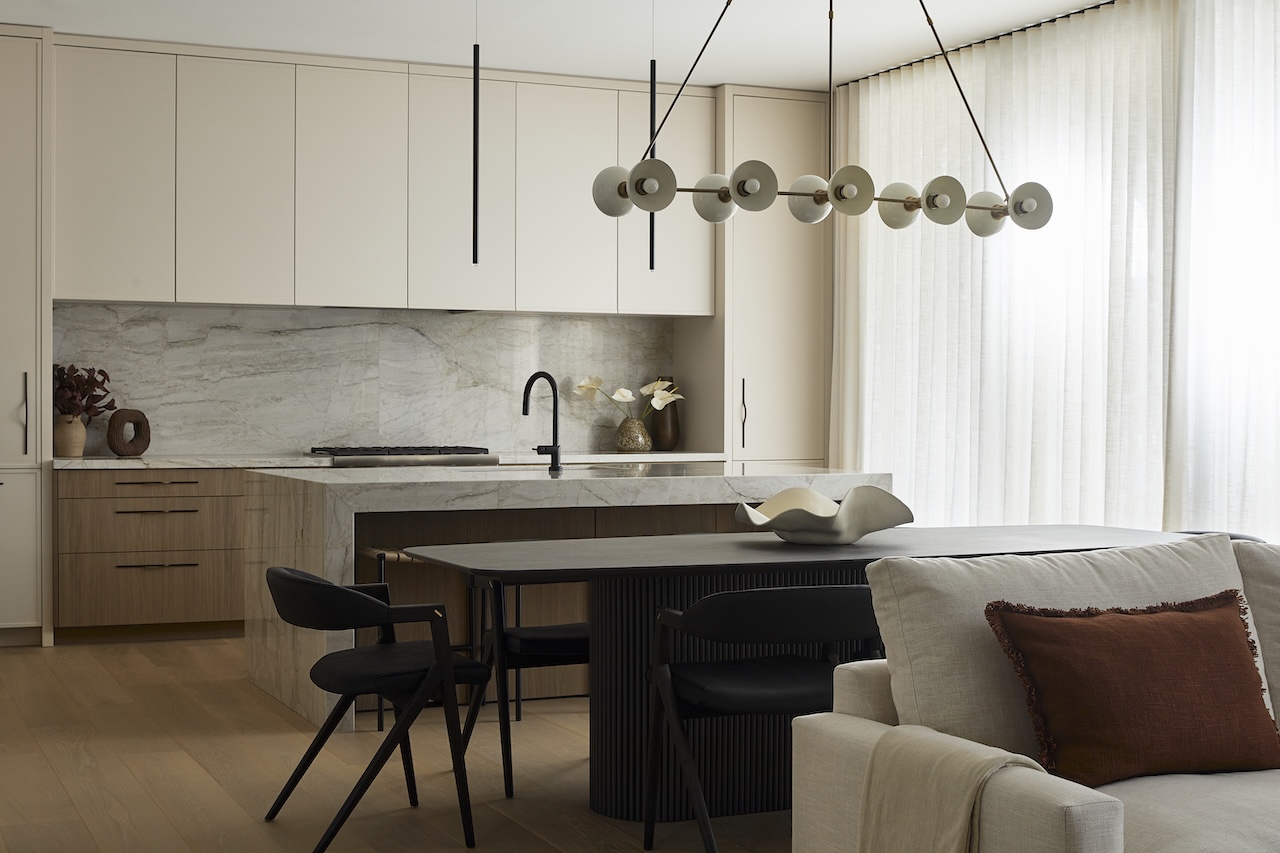
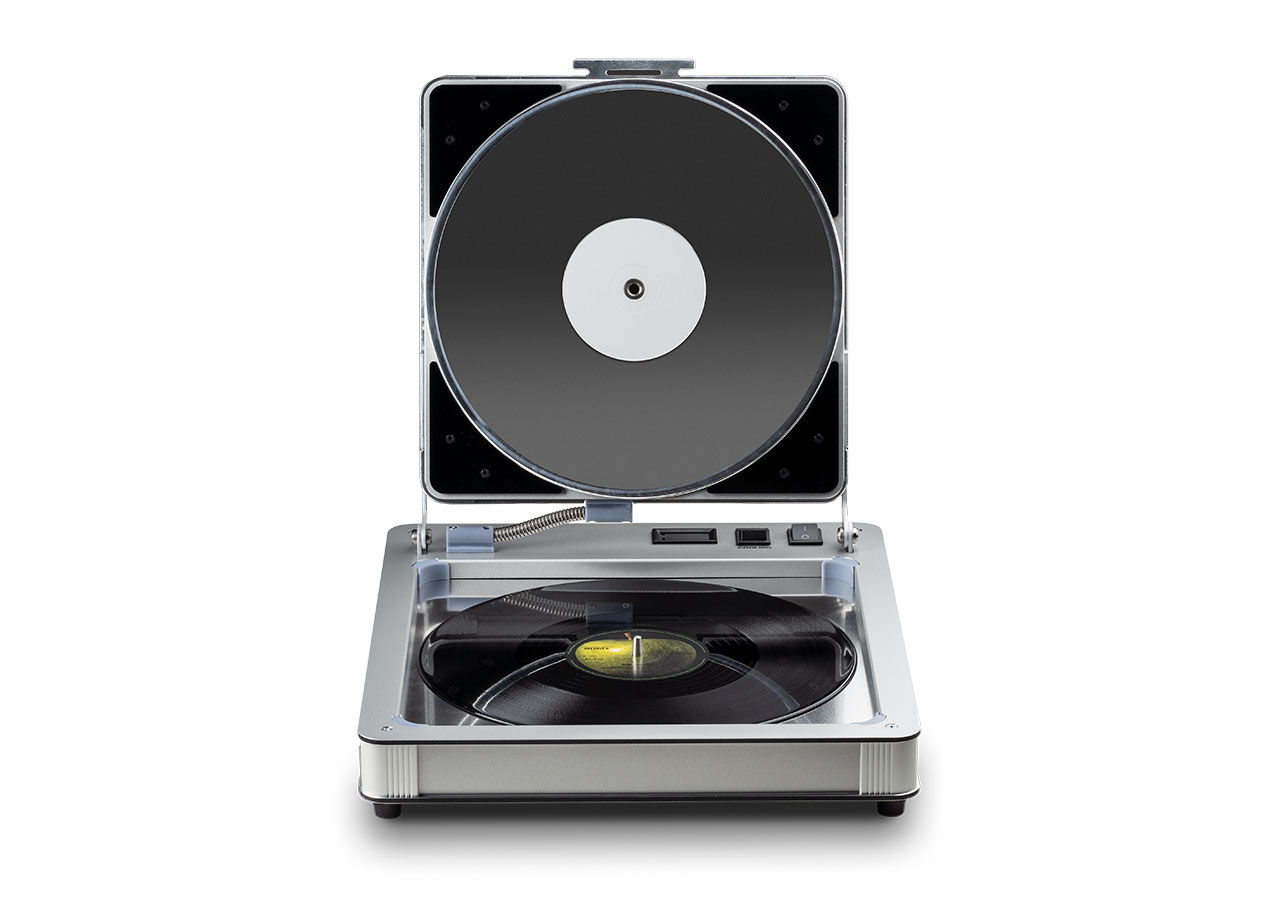








































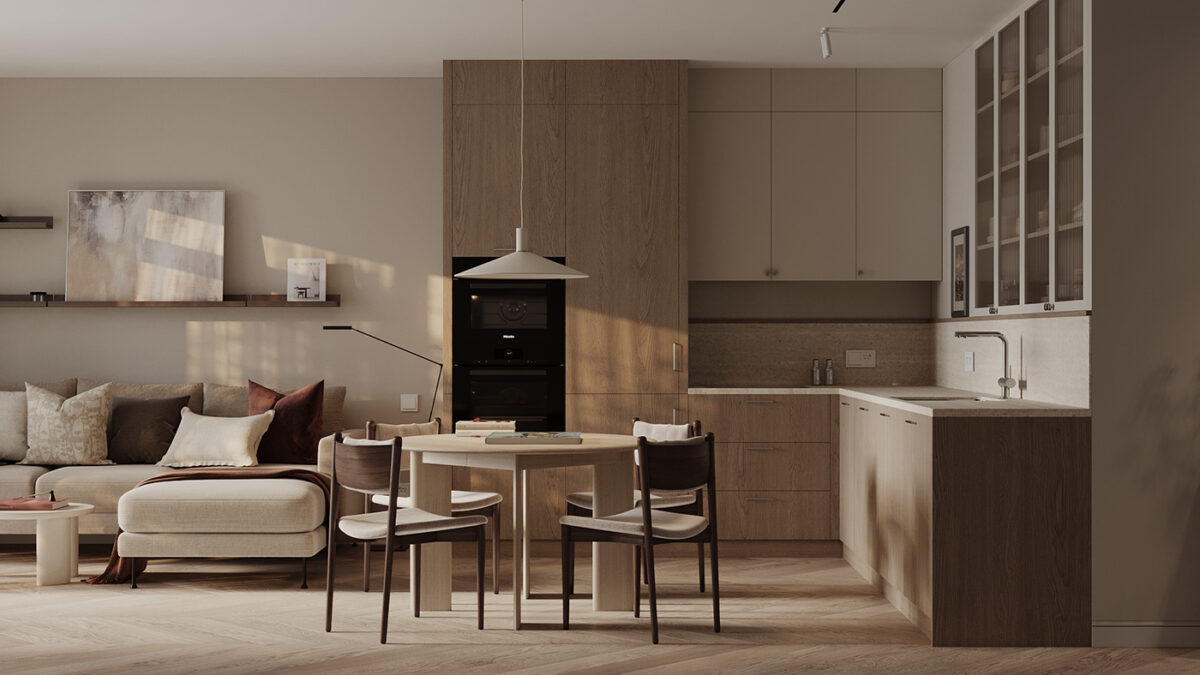
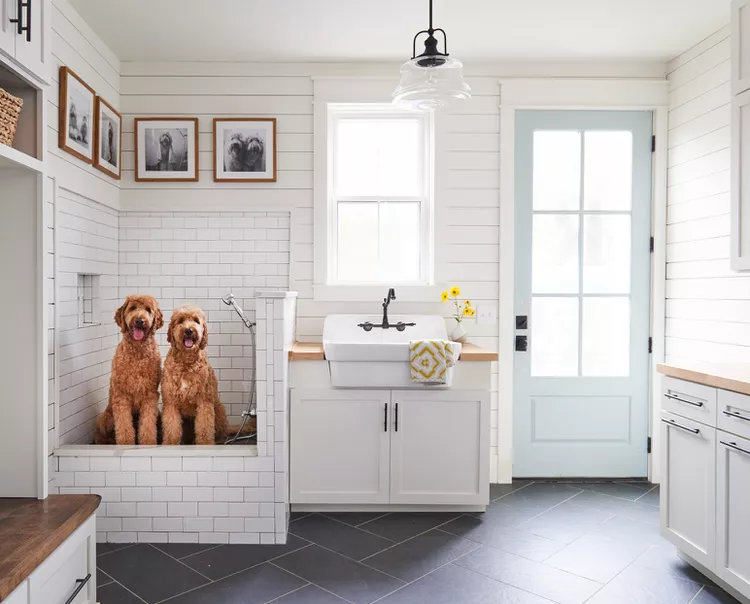






![[Podcast] Unlocking Innovation: How Play & Creativity Drive Success with Melissa Dinwiddie](https://justcreative.com/wp-content/uploads/2025/04/melissa-dinwiddie-youtube.png)





































